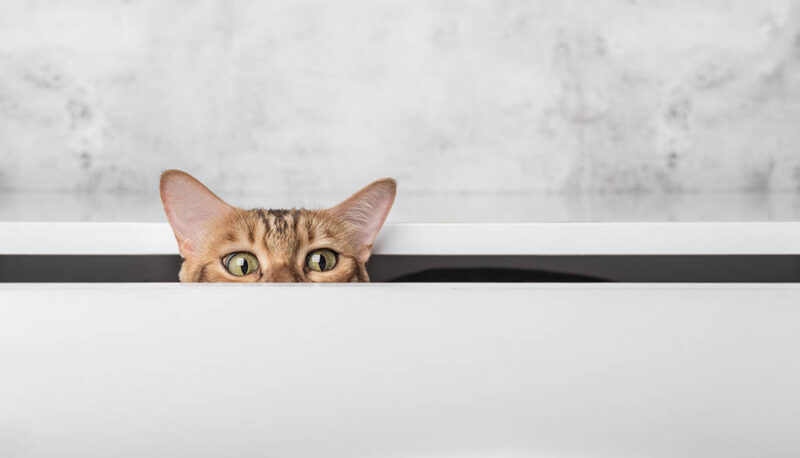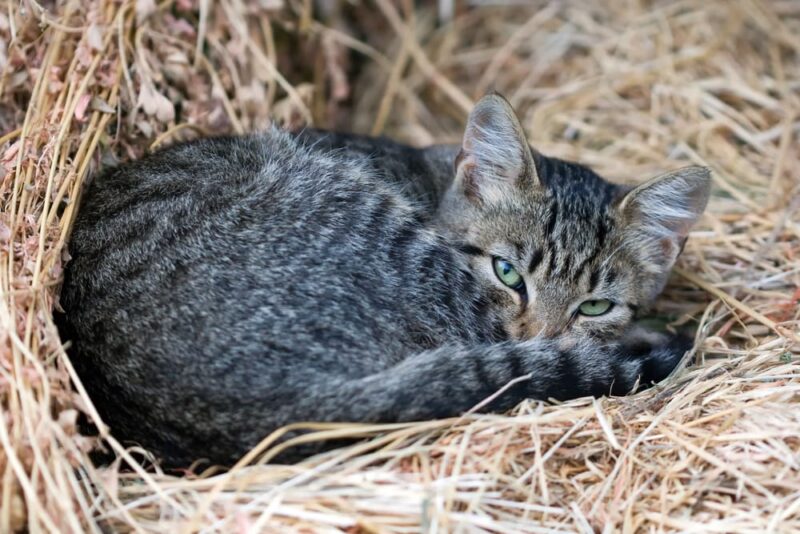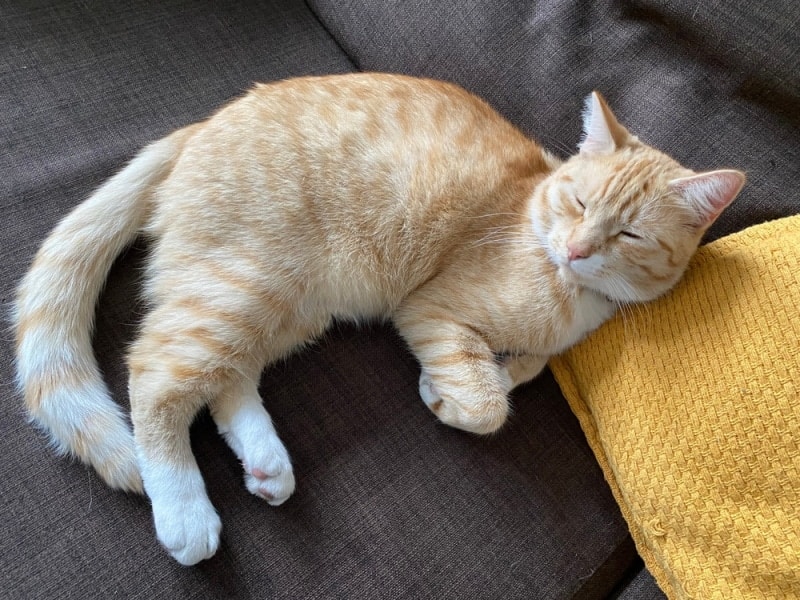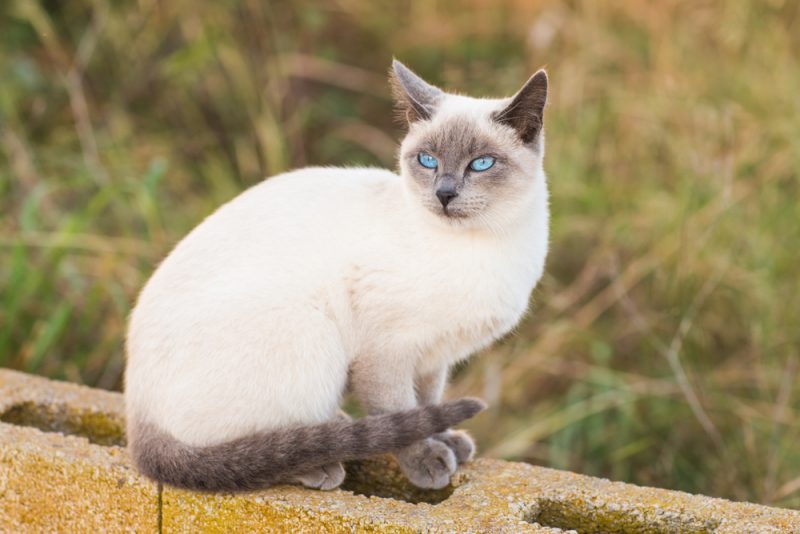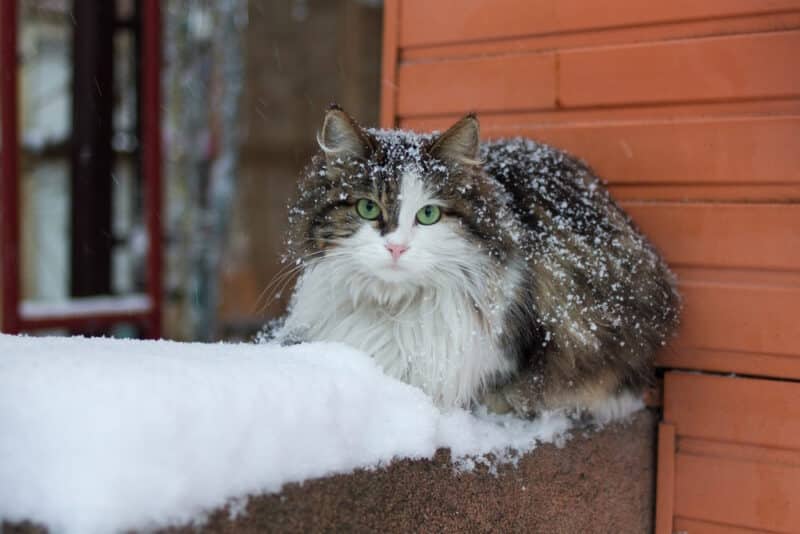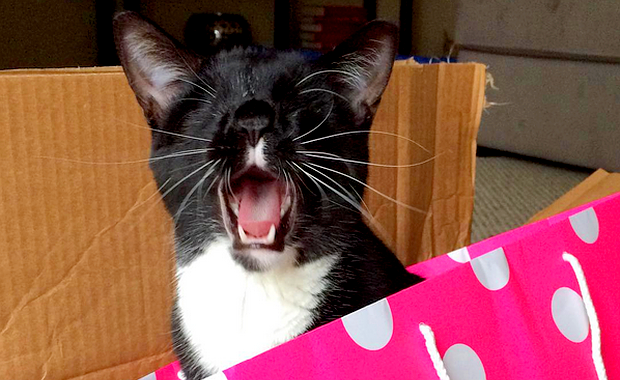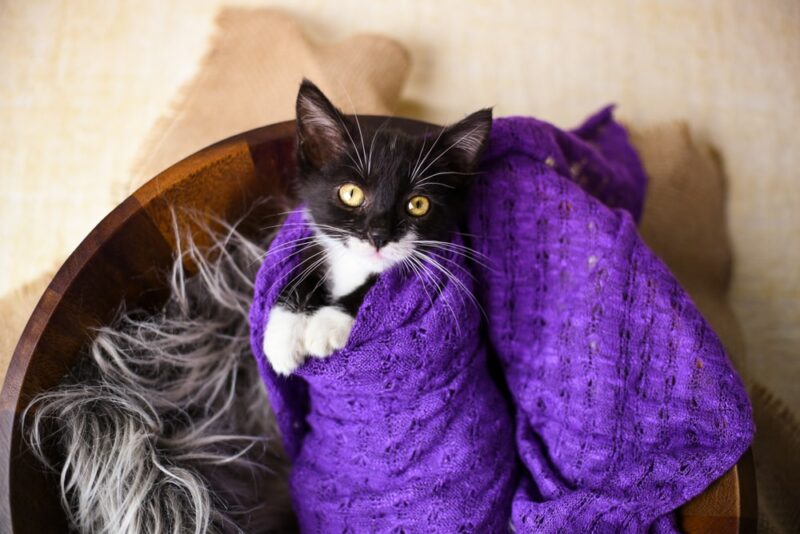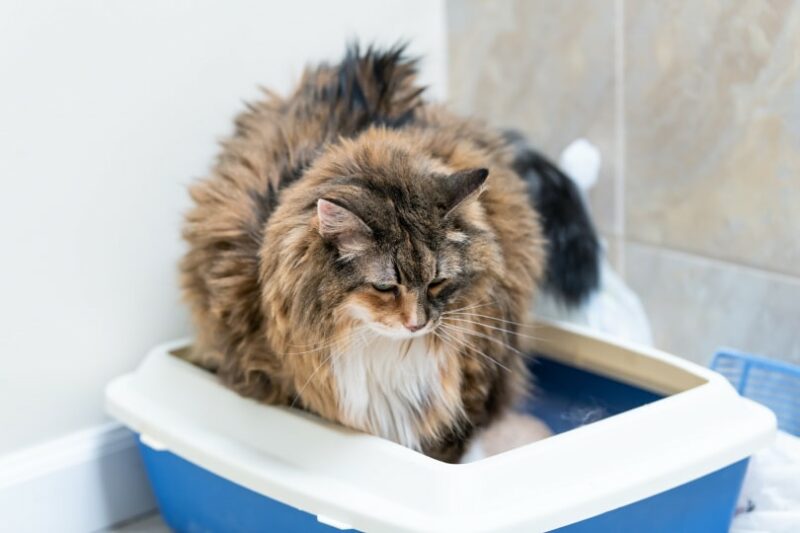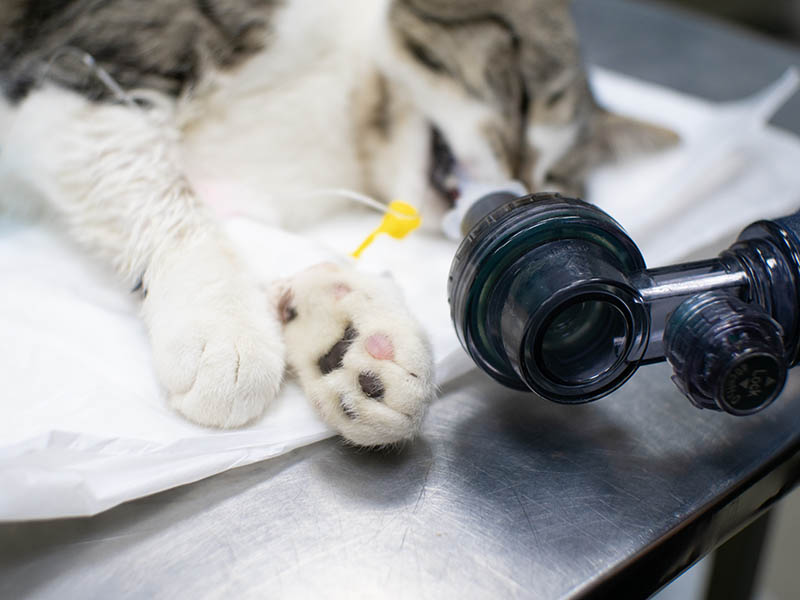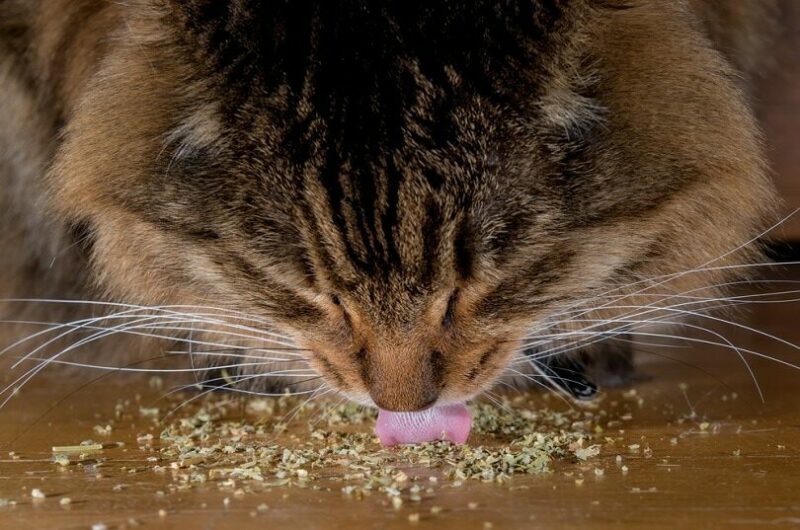Cats are playful animals, especially kittens, and enjoy playing different games that mimic hunting behavior. In fact, many owners notice that their cats frequently run off and hide behind things, which can make you wonder if they like playing hide and seek.
They often enjoy playing it because it helps them use their hunting instincts. If you would like tips on encouraging your cat to play hide and seek, keep reading while we provide several pointers and answer some common questions to help get you started.

Before You Begin
Observe your cat to see if they show interest in interactive play and seem curious about exploring, as not all cats enjoy games like hide and seek. Also, consider any health issues that might limit their ability to play. Ensure the play area is free from hazards. Remove sharp objects, breakables, or anything that might harm your cat during the game, and keep plenty of their favorite toys handy.

The 9 Tips on How to Play Hide and Seek With Your Cat
1. Understand Their Instincts
Cats are natural predators, and hide-and-seek can mimic the thrill of the hunt for them. Hiding behind furniture, doors, or other objects can intrigue your cat and entice them to find you. Pay attention to your cat’s reactions to discover what they enjoy the most!
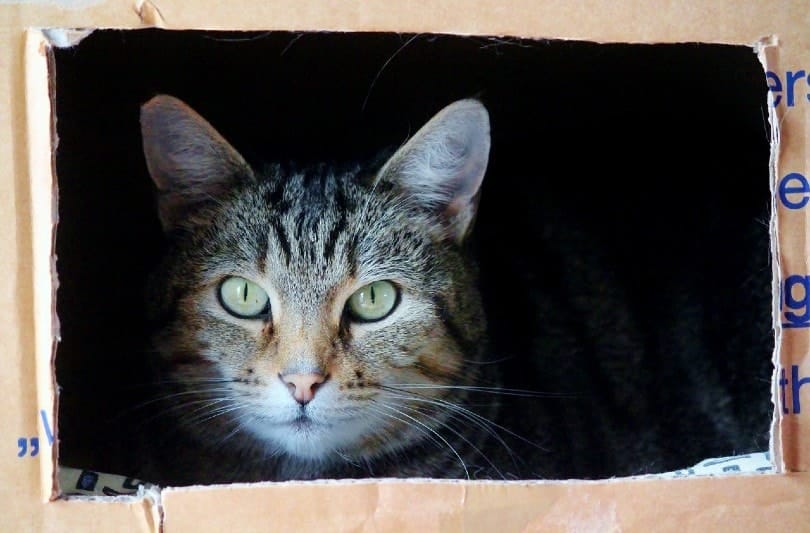
2. Use Toys to Entice Them
You can make the game more appealing by using a cat toy, like a feather wand, and it can help signal to your pet that the game is on. Peek the toy out from your hiding spot to catch your cat’s attention, then hide it again to encourage them to seek it out.
3. Start Simple
Begin with easy hiding spots where your cat can easily find you. As they get the hang of the game, you can try more complex hiding spots to make it more challenging.
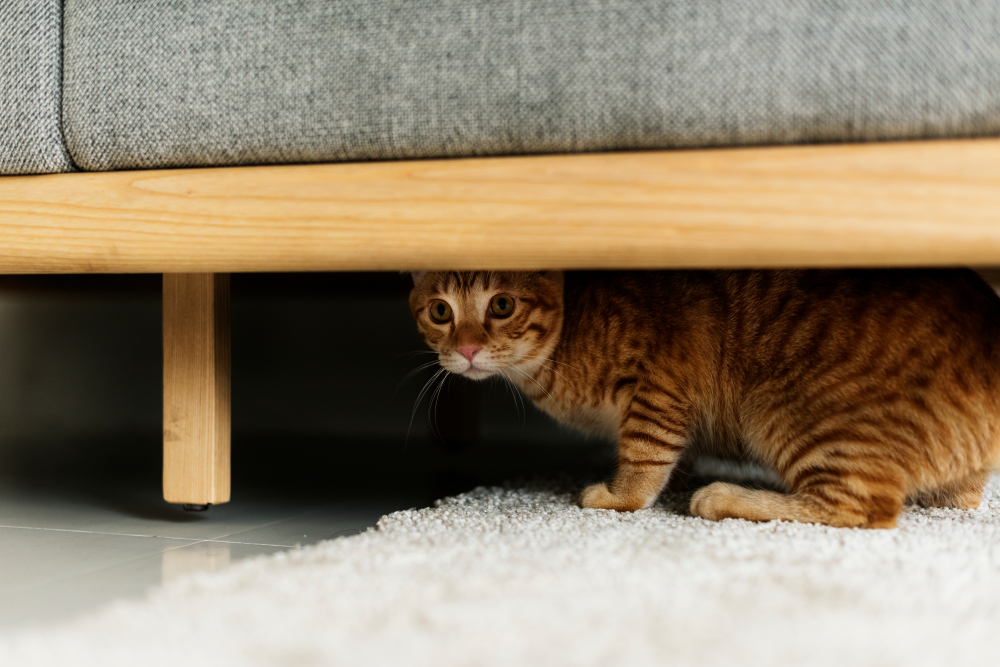
4. Observe Their Mood
Some cats may not be interested in playing hide and seek or only at certain times. Pay attention to your cat’s body language and willingness to play and try to get them into a consistent routine, which will encourage them to play.
5. Use Positive Reinforcement
Once your cat finds you or the toy, reward them with a treat or affection. This positive reinforcement makes the game enjoyable and rewarding for them, ensuring they return for more.
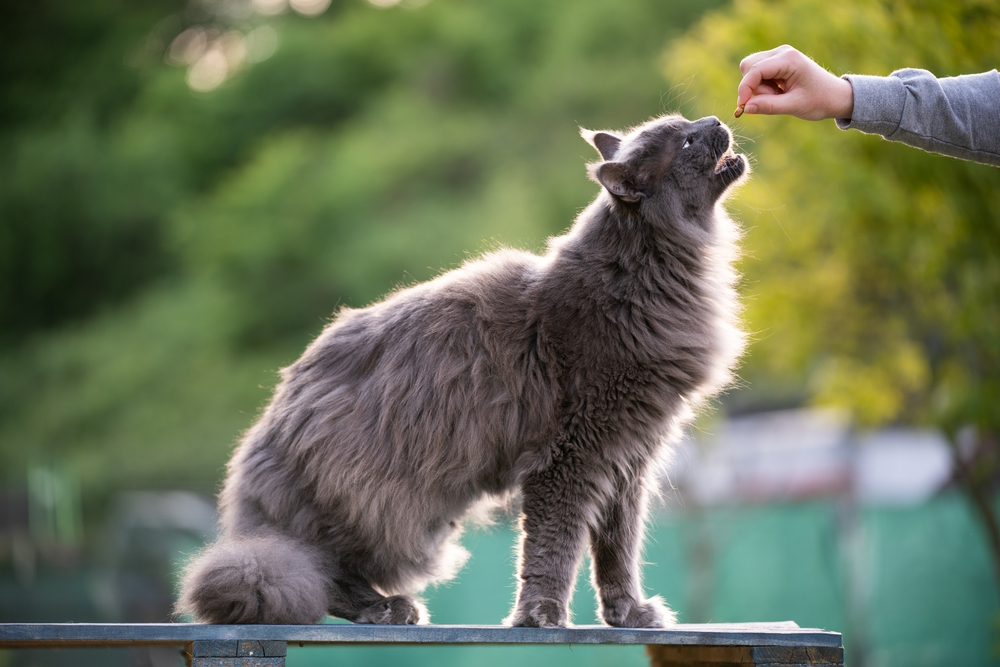
6. Keep Sessions Short
Cats usually prefer short play sessions. Keep the game sessions brief but fun. Approximately 5–10 minutes per session works great.
7. Be Patient
Not all cats will understand or appreciate hide and seek immediately. Be patient and give your cat time to warm up to the game before switching to another game.
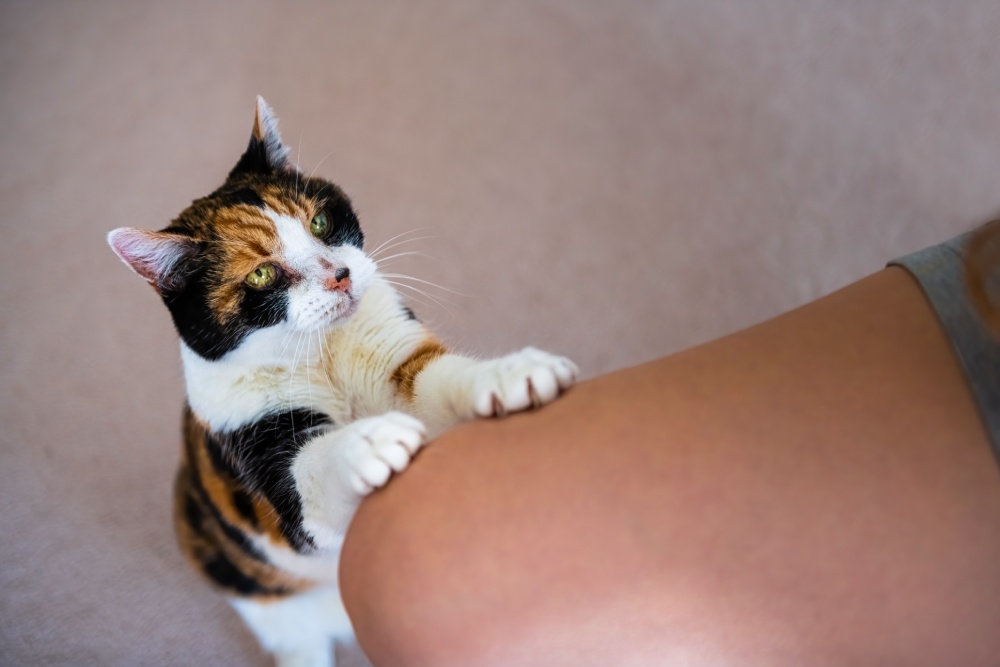
8. Be Accessible
Make sure your hiding spots are easily accessible to your cat. Avoid places too high or too cramped for them to reach comfortably. You also want to avoid hiding in areas of the home they don’t like visiting, as they will likely leave you there.
9. End the Game Positively
Conclude the game on a positive note, with a treat or affection, ensuring your cat associates the game with a pleasant experience.


Other Tips And Tricks For Playing With Your Cat
- Experiment with various toys, like feathers, interactive mice, and crinkle balls, to find what your pet likes best.
- When using toys like wands or feathers, mimic the movements of prey, which can include quick starts and stops, hiding behind objects, and erratic movements to stimulate your cat’s natural hunting instincts.
- While laser pointers can be exciting, they can also be frustrating for cats as they never get to catch the light. If you opt for playing with a laser pointer, conclude the play sessions by pointing to a tangible toy that your cat can catch.
- Hide small portions of food or treats around the house for your cat to find to provide exercise and mental stimulation.
- Use cat trees, shelves, or furniture to create an environment where your cat can jump, climb, and explore vertical spaces.
- If possible, allow your cat to explore outdoors safely through supervised time in a secure yard, a cation, or using a harness and leash.
What To Avoid When Playing With Your Cat
- Avoid using your hands and feet as toys since it can encourage biting and scratching. It can also lead to problems where the cat may not distinguish between playtime and other times.
- Pay attention to your cat’s body language. Signs like twitching tails, or flattened ears can indicate overstimulation, which might lead to aggressive play or stress.
- Small objects like rubber bands, yarn, or string can be hazardous if swallowed and cause choking or gastrointestinal blockages.
- Cats sleep a lot and need their rest. Avoid initiating play when they are sleeping or seem to be in a deep relaxation mode.
- Avoid loud noises and sudden movements that can startle and stress your cat.
- If your cat hisses, growls, or swipes during play, it’s time to stop. These are clear signals that your cat is not enjoying the interaction.
- Don’t Neglect Cleaning Up: After playtime, store toys safely away, especially those with strings or small parts that could be hazardous if left unattended.

Summary
Interestingly, many cats enjoy playing hide and seek and will play it with you without much struggle. They can also learn the game relatively quickly, which can be a lot of fun for you and your pet. Following the steps outlined here should get you going. Remember to start simple so it’s easy for your cat to figure out what you are up to, be consistent and patient, and only try to get more complex once your cat is having an easy time finding you.
Featured Image Credit: Svetlana Rey, Shutterstock
